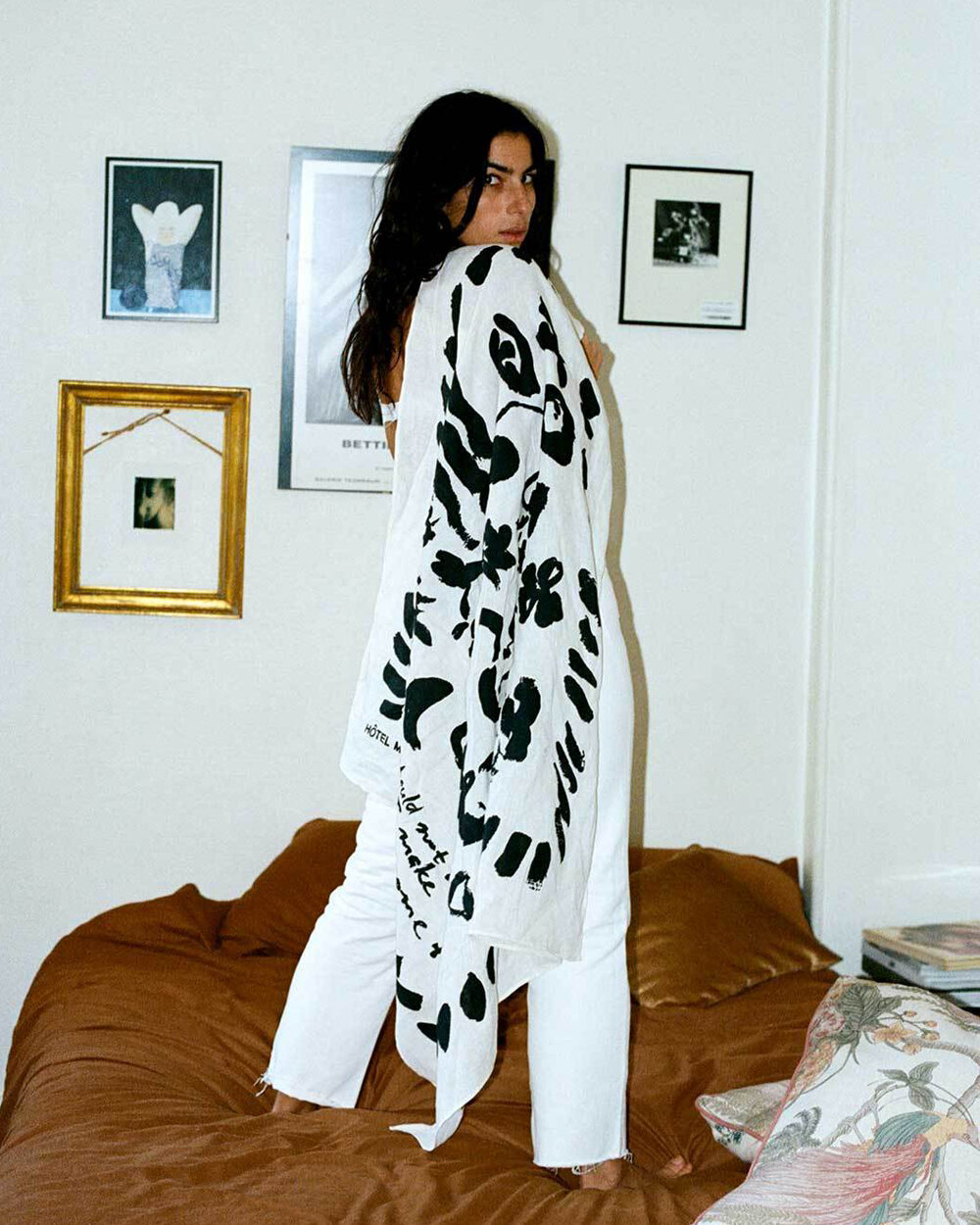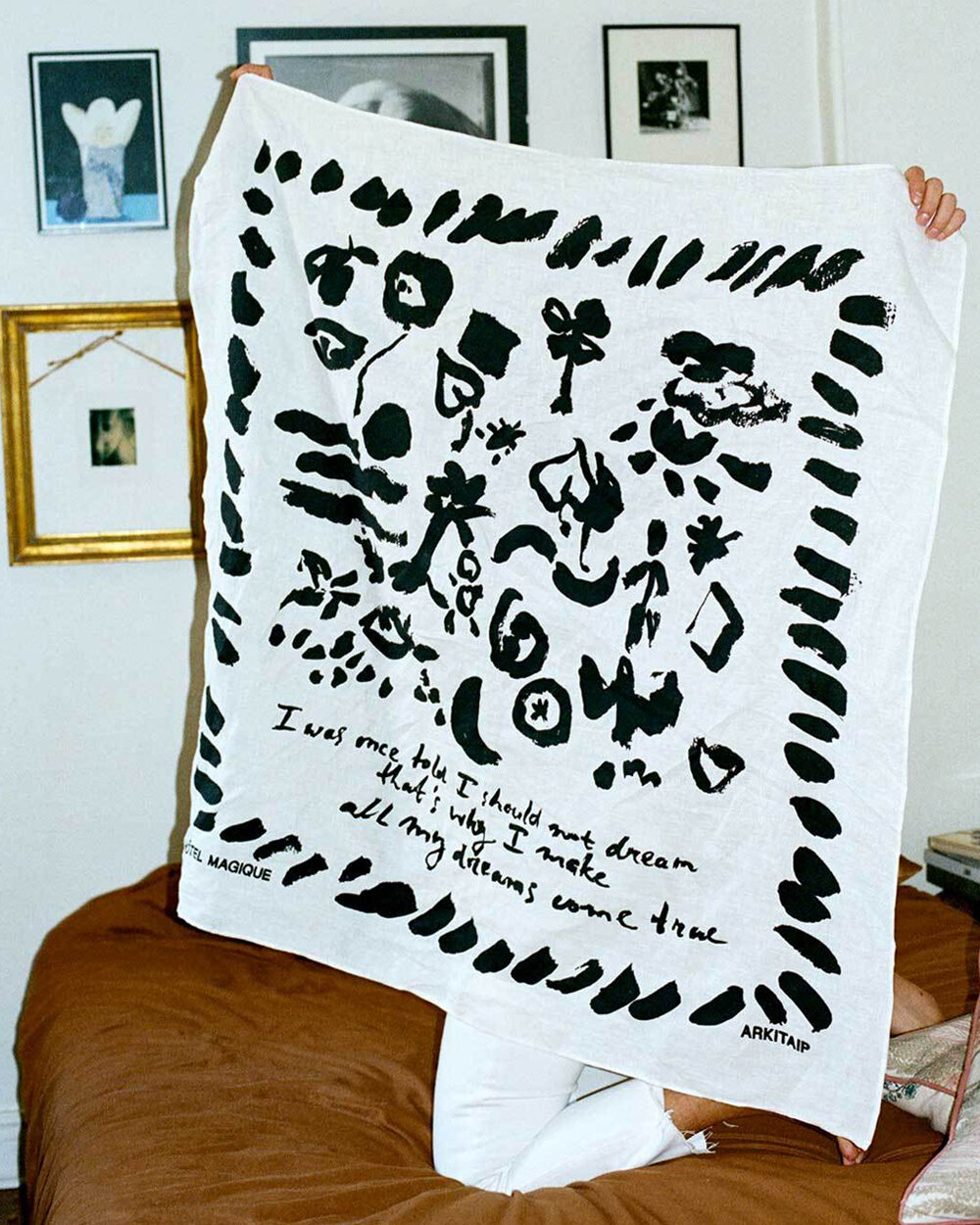Harnessing the power of the fashion email newsletter
Digital communication is more important than ever but, in the age of Instagram, how relevant is the fashion newsletter and how can you make the most of it?
Key Takeaways
Newsletters help to create and/or embellish on the brand’s universe
Offer rewards for inbox loyalty such as early access, discounts, exclusive content and secret sales
Focus on quality and loyalty rather than the number of sign-ups
Engage with social issues and invite customers to learn about your process
An authentic tone of voice and familiar phrases can help cultivate a loyal community
The email newsletter is a powerful marketing tool. If Instagram represents a brand visually then the newsletter dives into its narrative, adding depth and welcoming customers more fully into the brand universe. There are 3.9 billion daily email users, a number that is expected to climb to 4.3 billion by 2023. So, how should you reach some of that audience with your brand and why should you bother? According to a study by Experian, the average retail brand email is worth £79. This figure was calculated by analysing email data and taking into consideration the average transaction amount per email as well as the average number of mailings sent per client/month and the average number of mailings received in any given campaign. The value of the average email across industries was found to be £84.50. In the retail sector, brands tend to have larger mailing lists that include a high number of inactive customers which reduces the value of each individual email address.
This research is backed up anecdotally by independent fashion brands that use the email newsletter to connect with their customers and boost sales. Artisanal hat brand Ruslan Baginskiy, for example, note that “for the last half of the year, we can notice that the regular newsletters increase the orders on our website up to 10%.” Baginskiy’s newsletter “informs customers about new collections, news about special pieces or drops and bestsellers. Our newsletters contain useful information about how to take care of different hats, how to wear them and how to match them to your daily wardrobe.” This is an example of how editorial content can be used in a newsletter to help drive sales.
Be authentic and colloquial
The optimum fashion newsletter is not all about discounts and drops. Customers want content and a tone of voice that they can relate to. Finding the right balance in brand tone of voice is crucial. Brand marketing consultant Jordanne Young says that human touches are key. “Talk to your customer like a human rather than showing off your marketing team’s flair for puns and you’ll usually get a more successful open rate,” she explains. Some ways you can do this include subject lines that read like a note from a friend, links to articles, songs and books and adding ‘from [name of founder]’ at the bottom of the email.
The newsletter of sustainable mother-daughter founded brand Arkitaip has the kind of friendly, colloquial tone that can encourage readers to keep rather than delete. Upon sign up, the first newsletter welcomes you to ‘the Arkitaip family’ before introducing the mother/daughter duo who founded the brand. How to pronounce the brand name is also explained – ‘Arkitaip’ is the phonetic spelling of the word ‘archetype.’ The newsletter is signed off ‘with love, Michi & Lea xx.’ It’s a formula that works. Co-founder Lea Wieser says that “whenever we send out newsletters, we can see a direct increase in sales generated from them. We use the newsletter to communicate brand values and give insight into our universe.”
Images above: 1st & 3rd Artiktaip Dreamer Scarf created in collaboration with Hotel Magique, 2nd Arkitaip linen trousers worn by Kalo Rakoto.
Brand values and social consciousness
Jordanne Young adds that, “Newsletters can serve as a great window into a brand’s content platform – something more and more companies are investing in, as a means of amplifying their values and ethos.” With more and more brands engaging with social issues and sustainability, the newsletter is a brilliant opportunity to talk directly to the customer and explain exactly how and what you are doing as a brand to interact with important issues. The fashion consumer is becoming increasingly wary of greenwashing so where better to explain your production process from end to end than in a newsletter?
Yessenia Funes, Climate Editor at Atmos writes the magazine’s daily newsletter, The Frontline, which offers “a daily analysis of topical news and original investigative reporting, all through a lens of environmental justice.” Funes suggests that over the last five years the email newsletter has evolved so that the format has become more relevant than ever. “The newsletters I was reading five years ago were mostly round-ups and digests of news and headlines,” she says. “These days, the newsletters themselves provide a story that I can read from my inbox without clicking on anything.” Atmos magazine’s newsletter functions as an extension of the website, offering original editorial content on the topic of environmental justice.
Incentives and discounts
Editorial content is just one of the perks that the email newsletter can provide. It can be useful to offer incentives to readers and customers to get them to sign up in the first place. Our inboxes are already so flooded with content that signing up to a new site can often just mean adding to the pile of emails that you will never even open. Arkitaip, for example, offers a 10% discount if you sign up for their newsletter. Exclusive discounts for new subscribers are often used as incentives and they do work to get the initial signup but there’s nothing stopping customers from signing up to get the discount and then unsubscribing straight afterwards. Sometimes customers create new email addresses just to get the discount again.
“I don’t offer signup discounts or similar discounts like that,” says brand founder Bozena Jankowska. “Everyone is doing it and what is stopping someone signing up to a mailing list to get the introductory discount and then unsubscribing? Ideally, you are looking to have subscribers that want to stay on your mailing list because you are bringing them something of value.” It is about quality rather than quantity of subscribers. You could have a lot of signups but if people are deleting the newsletter as soon as it lands in their inbox then there will be no click-throughs or sales. Jankowska believes it’s all about creating a loyal community: “It gives me a reason to stay in touch with my mailing list and results in sale conversions.”
With 73% of millennials preferring communications from businesses to come via email, it can be vital to brand growth to get the newsletter right. Most customers want to read something they can relate to, whether that’s a personal note from the brand’s founder or editorial content that makes them feel a part of the brand’s universe. The newsletter can keep customers engaged with the brand on a regular basis and create feelings of loyalty that then turn into sales. It’s not enough anymore to just feature pictures of a new collection. Customers want something they can engage with. The format and function of the email newsletter is not static and it’s likely we will continue to see developments in the coming years. “The format is quickly evolving,” adds Funes. “It’s so exciting to see the newsletter world continue to grow.”
The Frontline, a daily newsletter written by Atmos Climate Editor Yessenia Funes.
For further insight into Atmos, listen to our podcast with Atmos Editor-in-chief, William Defebaugh. On Apple Podcast and online at Black Neon Digital.
25.11.2020










